Raymond D. Adams Endowed Chair and Professor of Neurology at Harvard Medical School / Mass General Brigham; Director of the Center for Brain Circuit Therapeutics @braincircuits.bsky.social
Reposted by Michael H. Fox

All publicly available. Looks like an amazing new histology-based human probabilistic atlas and parcellation tool.
#neuroskyence #mri #brainmapping
A probabilistic histological atlas of the human brain for MRI segmentation | Nature share.google/5AD0iW7pxgb4...
Reposted by Michael H. Fox


www.biologicalpsychiatryjournal.com/article/S000...
🧵

www.news-medical.net/news/2025102...
Reposted by Michael H. Fox

Reposted by Jennifer Bussell, Michael H. Fox

Reposted by Michael H. Fox

Reposted by Michael H. Fox


Great insights from @anastasiayendiki.bsky.social
@mghmartinos.bsky.social, @fredschaper.bsky.social
@braincircuits.bsky.social, Alex Golby and Pravan Nanda @mgbneurosurgres.bsky.social.
Reposted by Michael H. Fox

Reposted by Michael H. Fox


Reposted by Michael H. Fox

the two major developments across the last decade have been
1. Adaptive DBS and
2. Connectomic DBS
In a @natrevneurol.nature.com article with @julianneumann.bsky.social, we ask:
Could the two be united into a common framework?
www.nature.com/articles/s41...
A 🧵
Reposted by Nicholas A. Christakis, Michael H. Fox, Ruairidh Milne

jamanetwork.com/journals/jam...
House subcommittee version just came out (link below). Holds NIH flat at $48 billion.
To be clear: this is far from over. But a good sign that science still matters across both sides of aisle.
YOUR VOICE MATTERS!!
Reposted by Michael H. Fox

static-content.springer.com/esm/art%3A10...
Reposted by Michael H. Fox

“Translating the Transcriptome: A Connectomics Approach for Gene-Network Mapping and Clinical Application”
🔗 doi.org/10.1101/2025... 
🧵 A short thread:

Reposted by Michael H. Fox

Our latest study links polygenic risk for TLE-HS to cortical thinning in kids—mirroring patterns in adult patients.
Early imaging-genetics insights could reveal interplay of epilepsy risk and phenotypes before symptoms emerge.
Read more 👉 doi.org/10.1093/brai...
Reposted by Michael H. Fox, Alessandro Gozzi

Targeting intracranial electrical stimulation (ES) to network regions defined within individuals causes network-level effects
By Cyr et al.
***
Q: Can we use individualized network maps from precision fMRI to modulate a targeted network via intracranial ES?
A: Yes!
🧵:
Reposted by Michael H. Fox

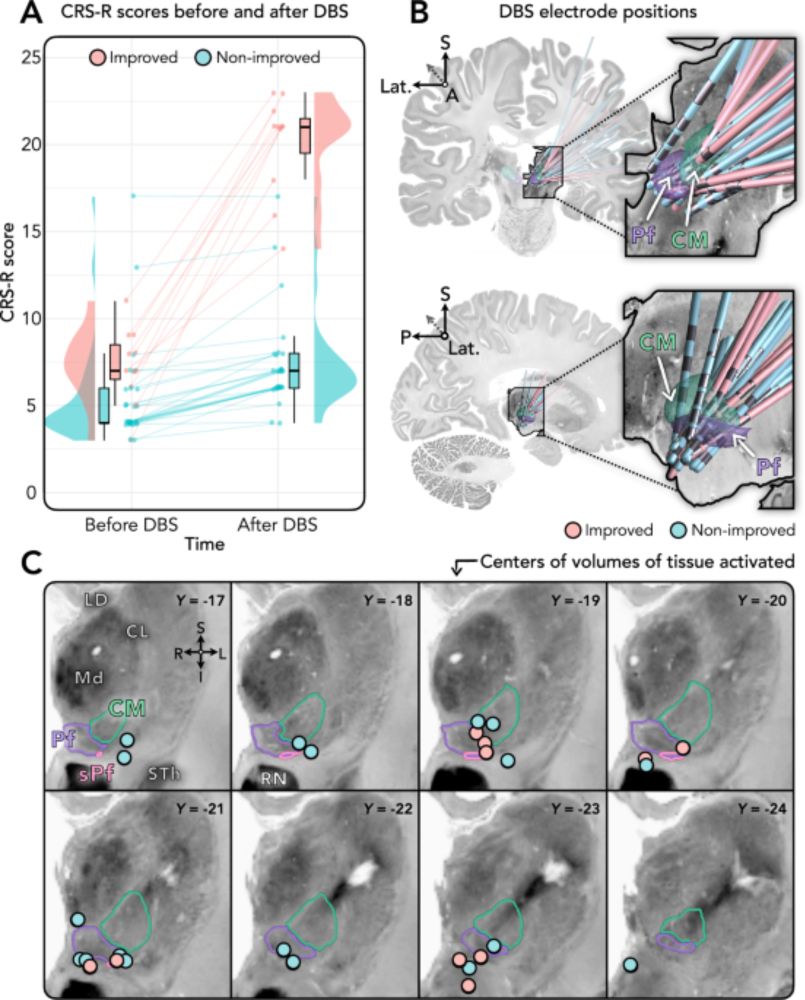
Reposted by Michael H. Fox, Alessandro Gozzi

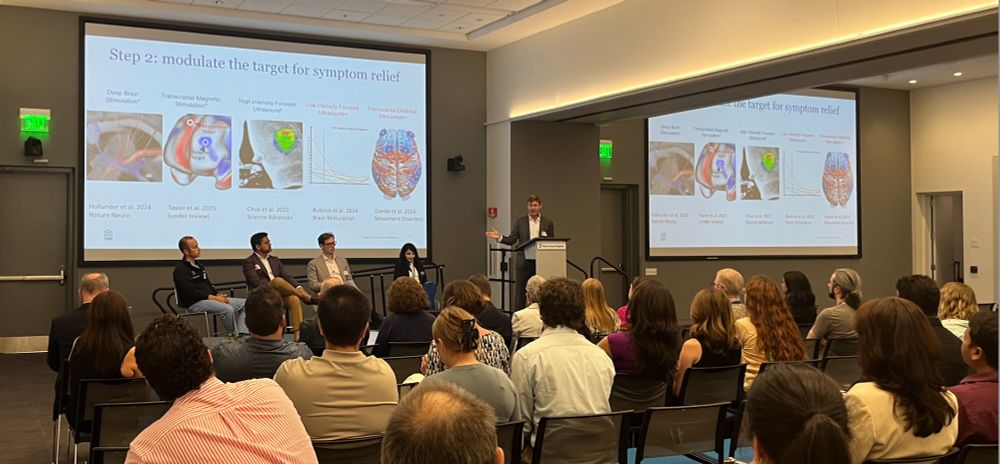
Reposted by Michael H. Fox
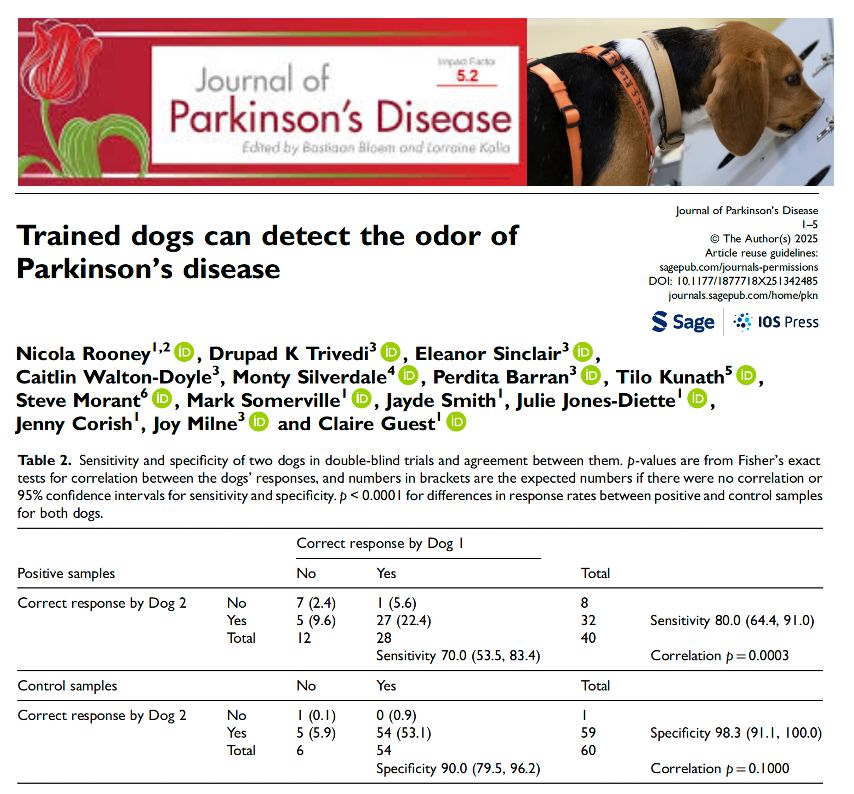
Reposted by Michael H. Fox
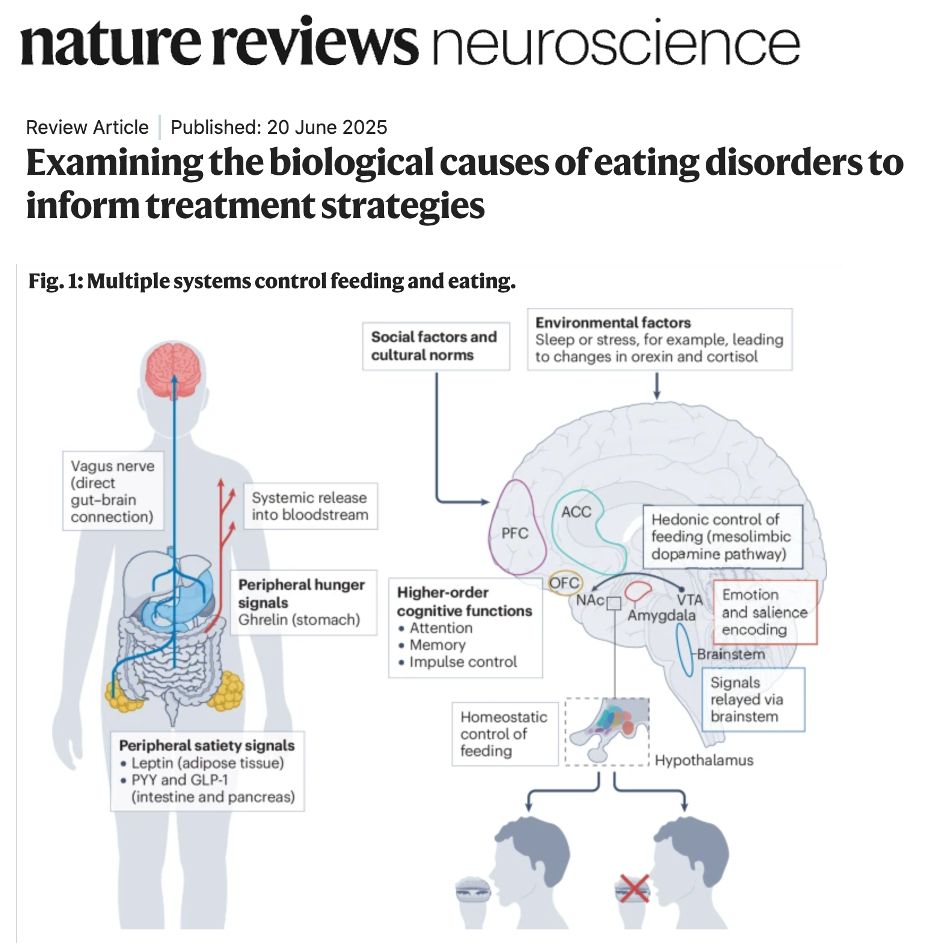
Reposted by Michael H. Fox

Reposted by Michael H. Fox, Alessandro Gozzi
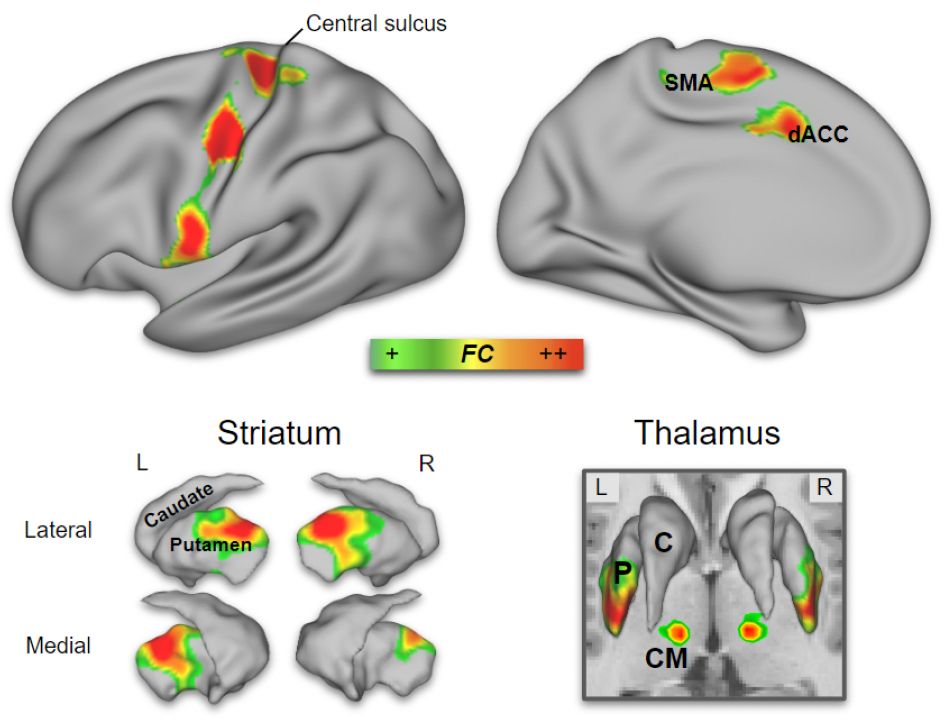
“An Action Networks Model for Pain”
We propose a new model for chronic pain — and highlight two functionally connected cortical networks that could revolutionize how we treat it.
👉 thread below 🧵
osf.io/preprints/ps...
Reposted by Michael H. Fox

I️n the most comprehensive review of DBS in epilepsy, with 124 studies, 1,210 patients, and 20 anatomical targets we map where stimulation works best and why.
Deep Brain Stimulation for Epilepsy: Optimal Targeting and Clinical Outcomes
www.researchgate.net/publication/...
Reposted by Michael H. Fox, Alessandro Gozzi
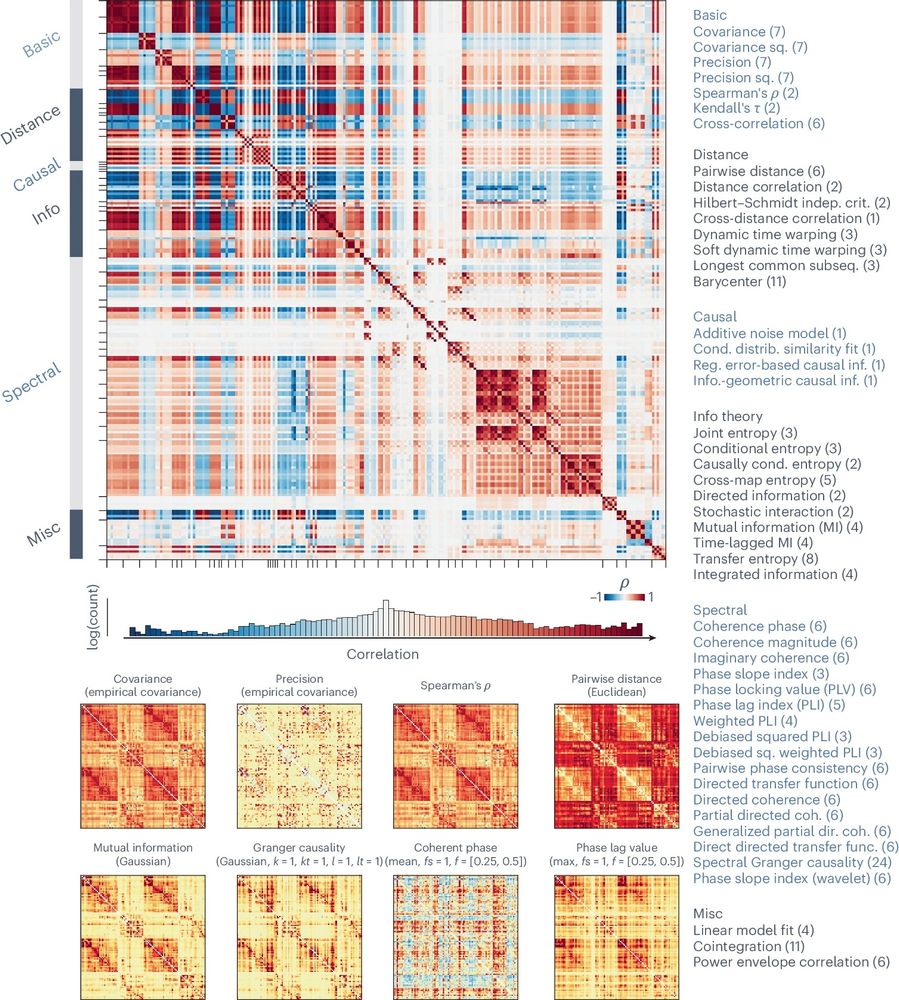
What is the best measure of functional connectivity (FC)?
led by @zhenqi.bsky.social in @natmethods.nature.com ⤵️
Reposted by Michael H. Fox
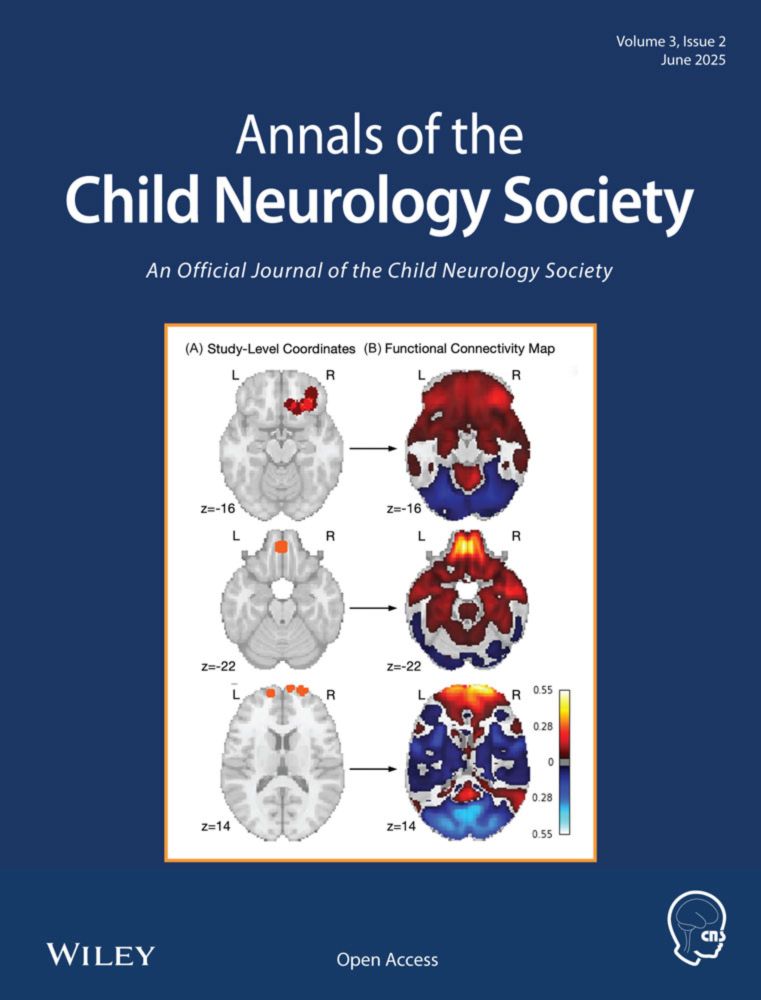
🔗 Full article: onlinelibrary.wiley.com/doi/full/10....
@childneurosoc.bsky.social @bostonchildrens.bsky.social @simonwarfield.bsky.social @braincircuits.bsky.social

